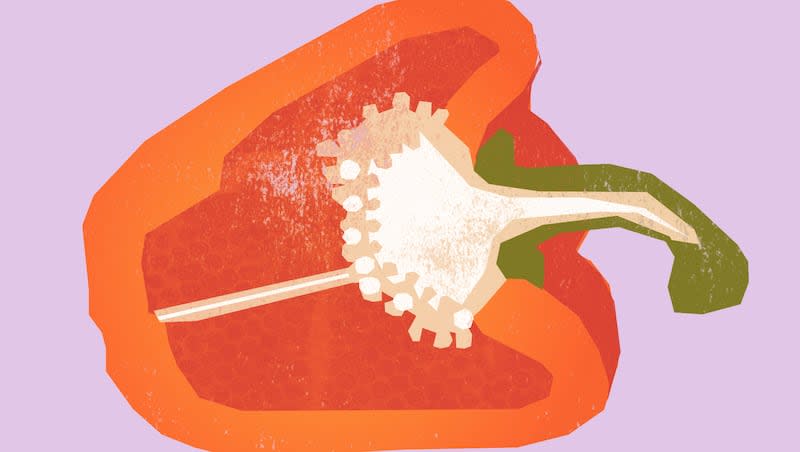What are good, non-citrus sources of vitamin C?

Vitamin C is necessary for the body. According to the Mayo Clinic, we need it to “form blood vessels, cartilage, muscle and collagen in bones,” and it’s vital to your body’s healing process.
Also known as ascorbic acid, vitamin C acts as an antioxidant that can protect cells from free radicals — molecules that may “play a role in heart disease, cancer and other diseases,” per Mayo Clinic.
But some people may not even get enough of it per day — even in developed countries. In the U.S., it’s estimated around 8.4% of the population is considered deficient in vitamin C, according to a 2020 analysis provided by Verywell Health. And if it’s extreme enough, a deficiency could lead to getting scurvy.
It’s well known that citrus fruits like oranges and lemons have a ton of vitamin C, but what are other good sources of it?
How much vitamin C do you need?
The National Institutes of Health recommended adult men get 90 milligrams of vitamin C, and for adult women to get 75 milligrams of it. In addition, those who are pregnant are advised to take 85 milligrams per day, and those who are breastfeeding should go for 120 milligrams per day.
If you want more immune support, EatingWell suggested to increase your intake between 100 to 200 milligrams. But you might want to consult with a doctor before you do so.
However, there is an upper limit. The National Library of Medicine reported that the general maximum amount of vitamin C that results in positive effects is 2,000 milligrams. And going above this measurement could lead to issues such as heartburn, diarrhea and the development of kidney stones, warned Verywell Health.
5 non-citrus sources of vitamin C
1. Bell peppers
Amount: 149 to 237 milligrams per cup.
Any type of bell pepper is an excellent source of vitamin C. Health listed the following amounts in 1 cup of each type of pepper:
Orange: 237 milligrams.
Red: 213 milligrams.
Yellow: 208.5 milligrams.
Green: 149.25 milligrams.
Plus, bell peppers are rich in vitamins A, E and B6 — the latter of which helps with the formation of red blood cells, per Healthline.
2. Broccoli
Amount: 81 milligrams in 1 cup, per EatingWell.
Vitamin C is used in the body to produce collagen. And when it’s combined with calcium — which is also in broccoli — it can help to develop strong bones, reported Medical News Today.
3. Cauliflower
Amount: 53 milligrams in 1 cup, per EatingWell.
In addition, Health stated that cauliflower is rich in fiber, helping to manage weight loss and “promote bowel regularity.” It also holds a good amount of choline, assisting with sleep and muscle movement.
4. Kale
Amount: 91 milligrams in 1 cup of cooked kale, per Medical News Today.
According to Healthline, kale can support eye health. Two of the main nutrients used to limit its decline, lutein and zeaxanthin, are abundant in kale, and they could help lower risk of developing cataracts and macular degeneration.
5. Tomato juice
Amount: 120 milligrams in an 8-ounce glass, per Verywell Fit.
Tomato juice is also rich in beta-carotene — which helps to support the immune system — and can significantly increase the level of immune cells used to fight off viruses, based on two studies linked by Health.

